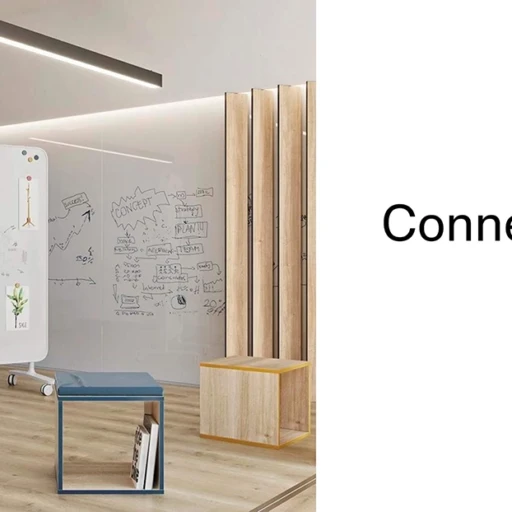Acoustic conditioning has traditionally been reserved for auditoriums, theatres, cinemas, and recording studios. Now it is a necessary feature in public spaces and private residences.
Noise pollution: the invisible enemy
According to the report Environmental Noise in Europe – 2020 from the European Environmental Agency, twenty percent of the European population is exposed to high levels of noise over long periods of time, which can damaging to our health. Being exposed to continuous noise can result in discomfort and problems with sleep, as well as negatively affecting our cardiovascular and metabolic systems.
“Acoustic comfort is incredibly important in the design of any space. We have to consider how noise will directly impact on the health of the people [that will use the space],” explains Carlos Castillo, commercial director of Aistec, a company that specialises in acoustic conditioning.
That’s why fighting noise pollution is one of the great challenges of the 21st century, something you can read more about in this article.
Soundproofing and acoustic conditioning
Firstly, we need to distinguish between soundproofing and acoustic conditioning. Soundproofing prevents external noise or noise from other rooms from being heard in a space. A good example of this are room dividers.
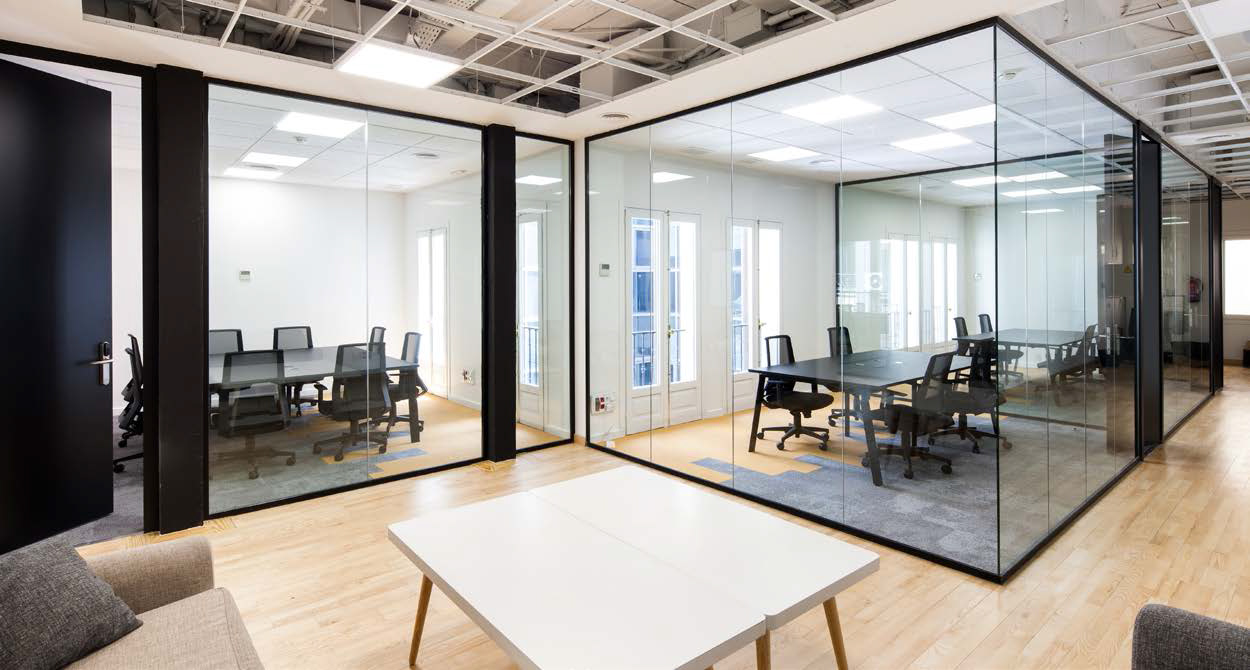
Acoustic conditioning is used to control the reverberation of sound by using sound-absorbing materials such as acoustic liners, panels, cabins, furniture, or vertical gardens.
Acoustic comfort: the new star of the show
In the wake of coronavirus, acoustic comfort has become the focus of interior design. Offices closed, and homes became our workspaces. What did that mean in terms of acoustics? Well, we realised that most homes are not equipped for videocalling, and noise was the main issue.
Acoustics are also a concern for those outside of the interior design sector. Javier Blanco, managing partner of Espacio Aretha, says that over the last five years, he has noticed a greater awareness of the importance of acoustics, “not just in designers and architects, but also in clients”. Acoustic comfort has become the protagonist in interior design because it improves concentration, productivity, and creativity.
Ver esta publicación en Instagram
From our offices to our homes
The importance of acoustics has been taken into account in the design of offices for many years, and now it’s making its way into our homes. “We need to separate work and leisure spaces in our homes,” says Javier Blanco. “Over the last year, which has been defined by the pandemic, we have received many requests to improve acoustics in private residences. The solution to these problems is usually acoustic liners that absorb the sound,” he explains.
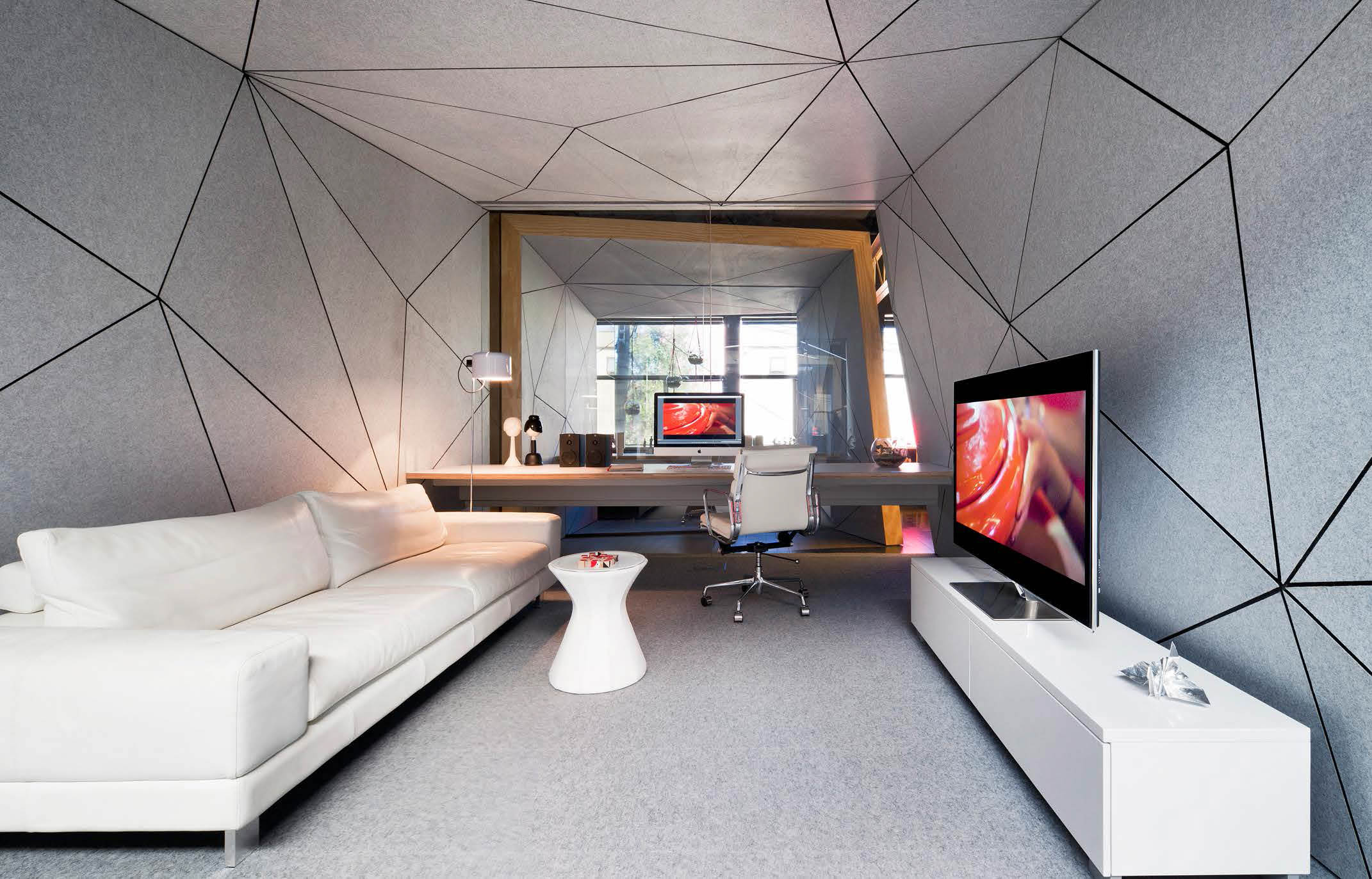
Another solution are sound-absorbing acoustic panels that can be covered with textiles so that they integrate seamlessly into your home.
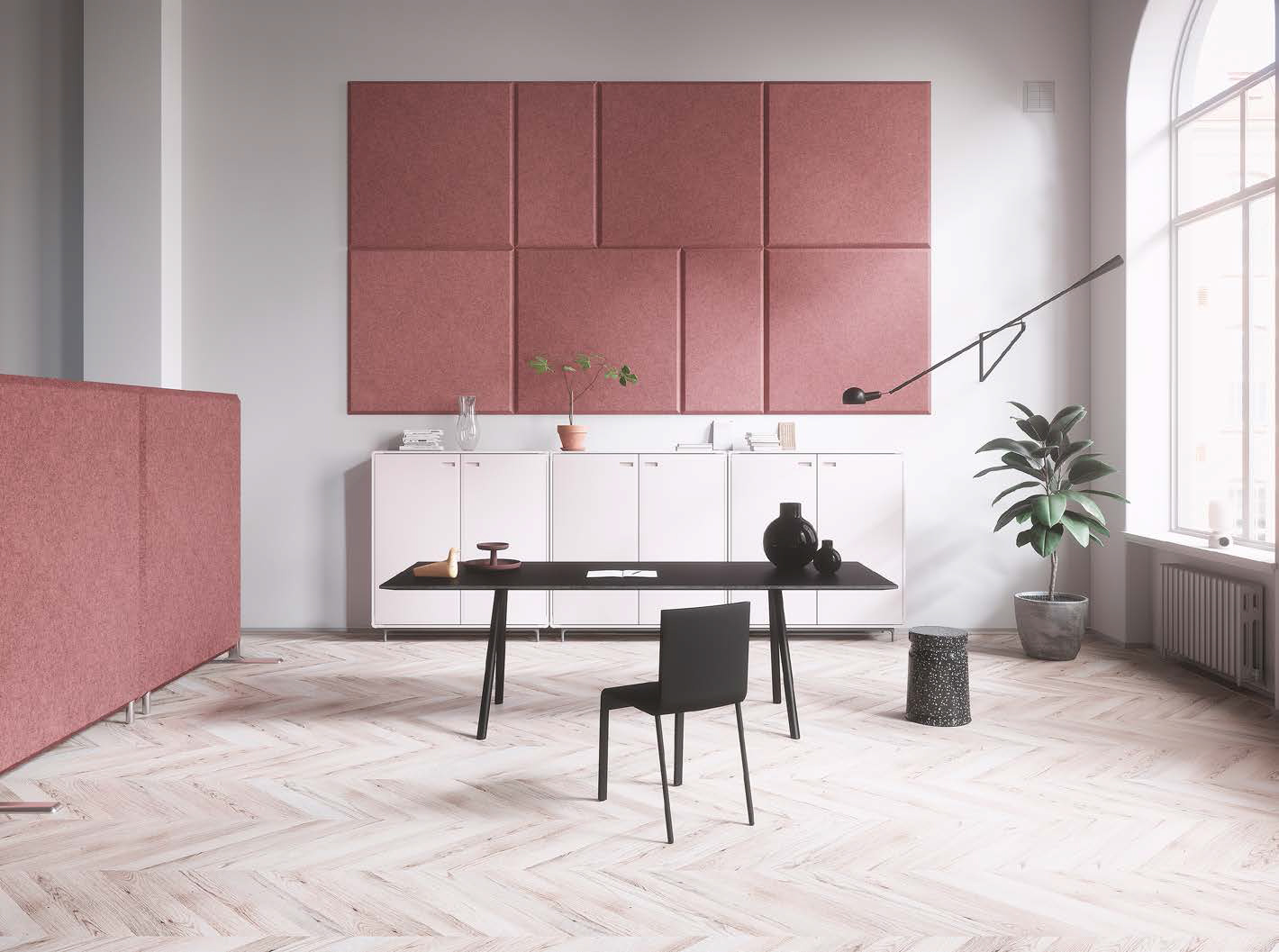
Award-winning acoustics
At the Premios Casa Decor 2020 (Casa Decor Awards), Aistec’s Artcoustic ECOpanel won the award for best product design. This new sound-absorbing material comes in a huge range of colours and it can be embossed, cut, bevelled, curved, and much more. It’s a very versatile product that can be placed on walls, furniture, or other decorative features, with a design that adapts to any space.
“We’ve acoustically conditioned all types of spaces using the Artcoustic ECOpanels, from the offices of Amazon, Google, and Spotify to private residences, hotels, restaurants, and auditoriums, including the Teatro del Soho in Malaga,” says Carlos Castillo.
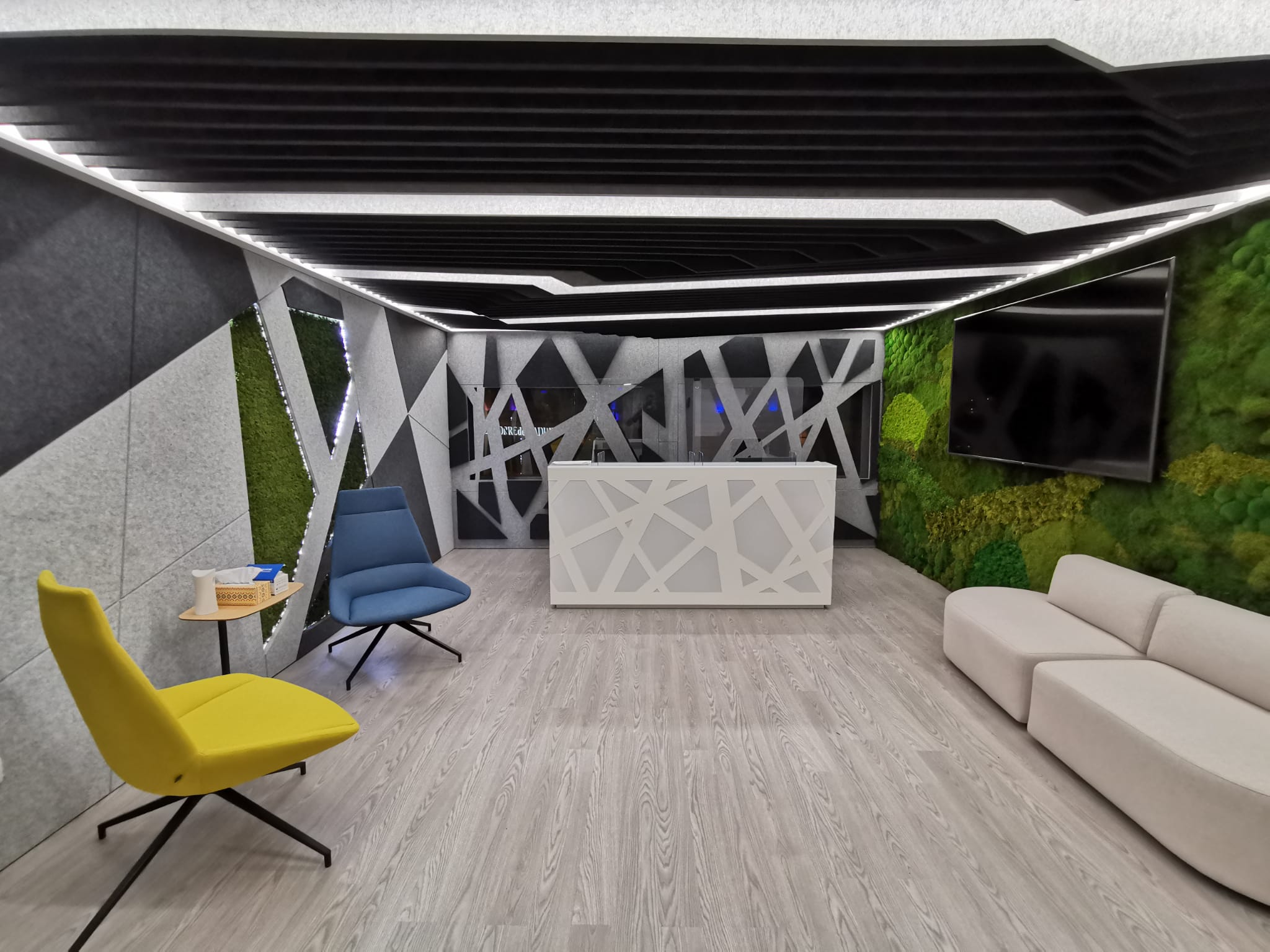
Interior design goes hand-in-hand with acoustic comfort, ensuring that spaces are healthier places for us to be. This trend has become more popular as more acoustic conditioning products have become available. So, what are you waiting for? Start using them in your own projects.




